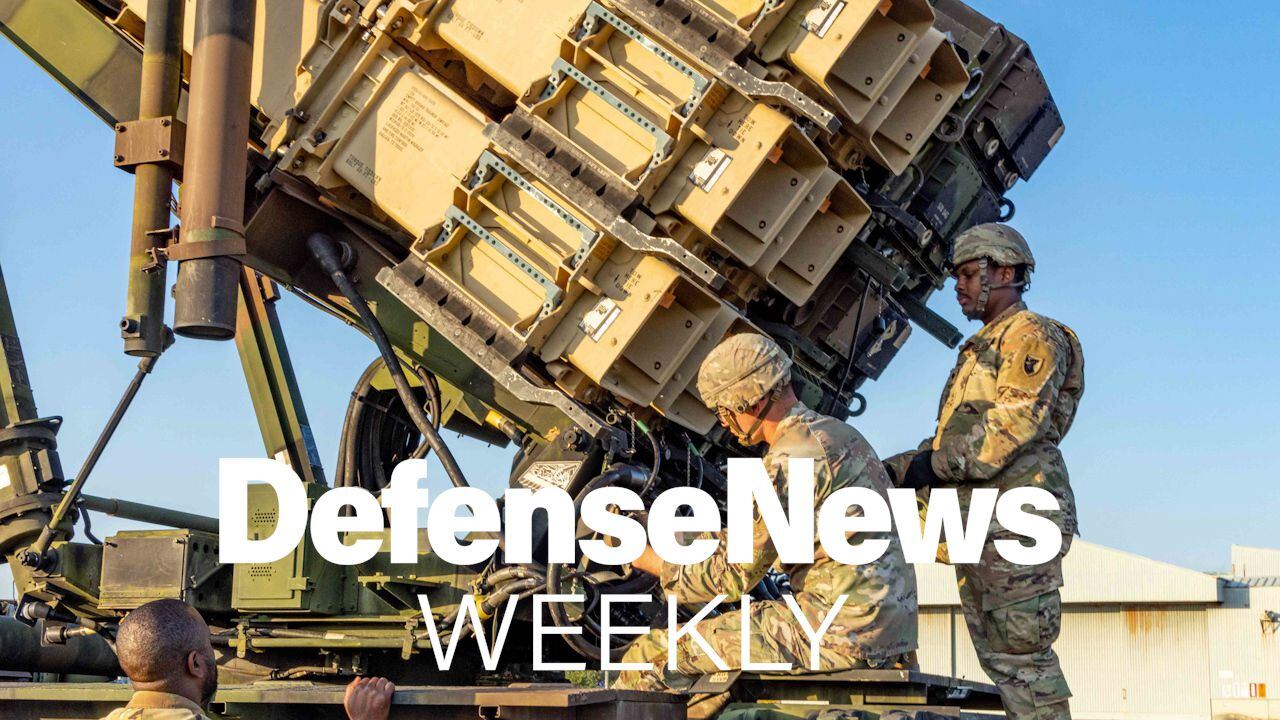The Army National Guard and Army Reserve need more than 39 days of training a year in order to truly be an operational force, the commanding general of First Army said Tuesday.
"The term 'operational reserve' is tossed around quite a bit, and I'm not sure we understand what that means," said Lt. Gen. Michael Tucker in an interview with Army Times. "I firmly believe that if we're going to maintain the reserve component as an operational reserve, we're going to have to give them more days to train."
Thirty-nine days a year — 14 days of annual training and one weekend a month — is not enough time, especially for units that are linked to a platform such as a helicopter, tank or Bradley, Tucker said.
"Over half of the aviation units in the reserve component, they can barely get through … pilot proficiency training in 39 days, much less train as units," he said.
To help with that challenge, First Army has put into motion Bold Shift, a sweeping plan to shift the organization's focus to more long-term home station training.
During the wars in Iraq and Afghanistan, First Army focused solely on training and preparing Guard and Reserve soldiers to deploy overseas. At the height of the wars in Iraq and Afghanistan, First Army was training more than 90,000 troops a year at 20 mobilization stations across the country.
"We were tapped out," Tucker said. "Our entire effort was focused on mobilizing units and getting them out the door."
Today, the command is down to about 30,000 mobilizing troops a year at two mob stations, Tucker said, which is why it is able to focus more on pre-mobilization, home-station training.
"We're in the business at First Army to shape pre-mobilization training in order to reduce post-mobilization time," Tucker said. "If you're going to have an operational reserve, it has to do with availability. They're only mobilized for 12 months. If you spend three to four months in post-mobilization, you're not getting much boots on the ground."
Stepping up home-station training also enables units to be more prepared and trained to a higher level when they do get mobilized and arrive at their mob station.
"If all you're doing is seeing a unit at the mobilization site, it kind of is what it is," Tucker said. "They're where they're at, and there's nothing you can do about it other than get them where they need to be, no matter how long it takes."
The Guard and Reserve have focused their efforts on individual training, refining and reinforcing warrior tasks and battle drills, but "at 39 days a year, it becomes all-consuming," Tucker said.
Tucker, who has served on active duty his entire career, said he can't imagine trying to do all that's needed in 39 days.
"If I only had 39 days to do this, my head would explode," he said. "Think about that. It's just crazy."'
Political and military leaders know the Guard and Reserve need more training days, Tucker said.
"But the Army can barely afford 39," he said. "It's difficult to provide more than 39."
The Guard and Reserve each have metrics that spell out how many days they need to properly prepare a unit, Tucker said.
For example, an aviation brigade needs 65 days a year, while an armored brigade combat team needs 59, he said.
"They know what they need in order to achieve higher levels of readiness in pre-mobilization," Tucker said. "I know that it's cost-prohibitive, but I think there's an opportunity for us to focus or prioritize more training days to those units that are going to be placed in the available pool each year."
Under Bold Shift, First Army is restructuring its force, bringing in more observer/controller/trainers whose job it is to support Guard and Reserve units. These trainers will go from making up 36 percent of the First Army force to more than 90 percent, Tucker said.
The command also is bringing in more combat support and combat service support soldiers because while up to 75 percent of the reserve component is made up of those types of units, only 10 percent of First Army's trainers were soldiers in those specialties, Tucker said.
It doesn't make sense to send an infantryman to train and advise a horizontal engineer unit, Tucker said.
This restructuring will be done without adding any soldiers to the command — First Army reduced its two- and three-star headquarters by 50 percent, Tucker said. The process is expected to be completed by the end of fiscal year 2016.
"We have earned the confidence of the Army Guard and Army Reserve to assist and provide them with pre-mobilization training," Tucker said.
This doesn't mean First Army does all the work for the units, Tucker said. Instead, his trainers work to ensure the conditions are set so that the exercise is successful and help commanders focus on training. They also provide after-action reviews and feedback because "a unit cannot assess itself," Tucker said.
"We don't do their job for them," Tucker said. "We set the conditions for them to do their job."
As First Army moves forward to support the Guard and Reserve with home station training, it must help units focus on the fundamentals, Tucker said.
"We have been doing [counter-insurgency], train and advise for so long we've lost the ability to do the common core things that we do," Tucker said. "Artillerymen shooting artillery, tankers firing main gun and gunnery, the signal community establishing their own communications. If we're going to be expeditionary, agile, adaptive, we have to get back to the competencies that allow us to do those things."
Tucker predicts the Army will rely more and more on the Guard and Reserve in the future.
"We have to pay close attention to increasing the readiness in the operational reserve," he said. "I call it predictable readiness. We owe that to the Army, to the soldiers and families, to the employers, and to the American people."
Email: mtan@militarytimes.com
Michelle Tan is the editor of Army Times and Air Force Times. She has covered the military for Military Times since 2005, and has embedded with U.S. troops in Iraq, Afghanistan, Kuwait, Haiti, Gabon and the Horn of Africa.








